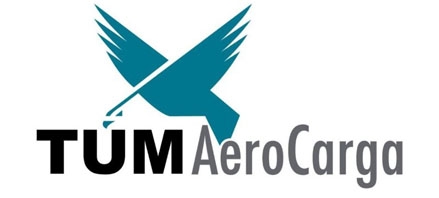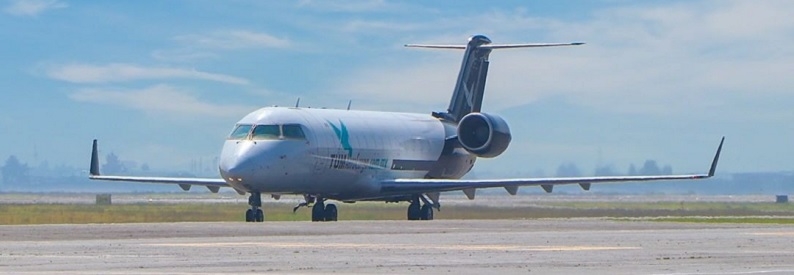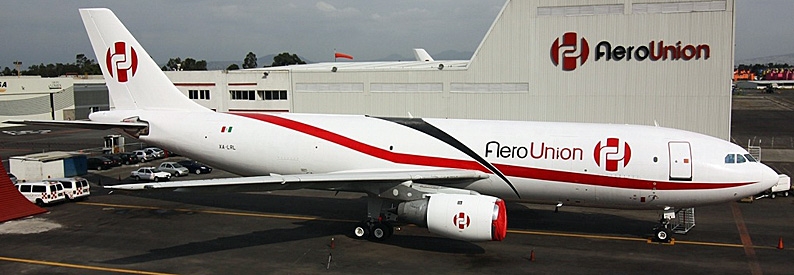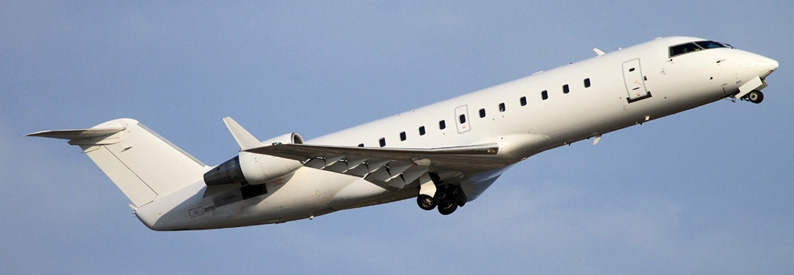Mexican cargo specialist TUM Aerocarga (T2, Toluca) has applied for a US Foreign Air Carrier Permit and exemption authority, initially for ad-hoc all-cargo charter services to the United States starting in May 2021, but hoping to expand to scheduled cargo services at a later stage.
Neither the US points nor the frequency is confirmed at this stage, but the carrier anticipates that demand will warrant about five flights per month using B737-300(SF) or B737-400(SF) and CRJ-200(F) aircraft. This is according to its application to the US Department of Transportation dated March 4, 2021, and made by MCS Aerocarga de Mexico S.A. de C.V. trading as TUM Aerocarga.
The carrier currently operates throughout Mexico and is now preparing to commence international operations. It expects to be able to service its existing airfreight forwarder clientele and expand its customer base with services to and from the US, it says.
According to its application, TUM seeks authority to operate all-cargo air charter services transporting property and mail between any point/s in Mexico and any point/s in the US, via intermediate points and to points beyond, as well as between point/s in the US and point/s in third countries. It seeks expeditious approval of its application to implement its plans.
According to supporting documents, its fleet consists of five CRJ200ER(PF)s, two B737-400(SF)s, and one B737-300(SF), all leased from Avmax Aircraft Leasing. TUM says it plans to add four CRJs and three B737s to its fleet in the coming year. Its aircraft are maintained at three different facilities in Mexico: A&P International Services in Cancún, QET TECH Aerospace in Querétaro, and MRO Iberoamérica in Saltillo. TUM expects to use these facilities for maintenance on aircraft used in US service as well.
TUM’s balance sheet shows significant improvement in 2020 compared with 2019. The Profit & Loss statement showed a 2020 net profit of USD6.6 million, compared with a USD4.1 million net loss for the previous year.
The carrier forecasts a net profit of close to USD3 million for the first year of the proposed US operation.



